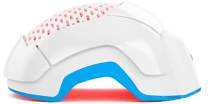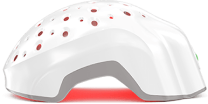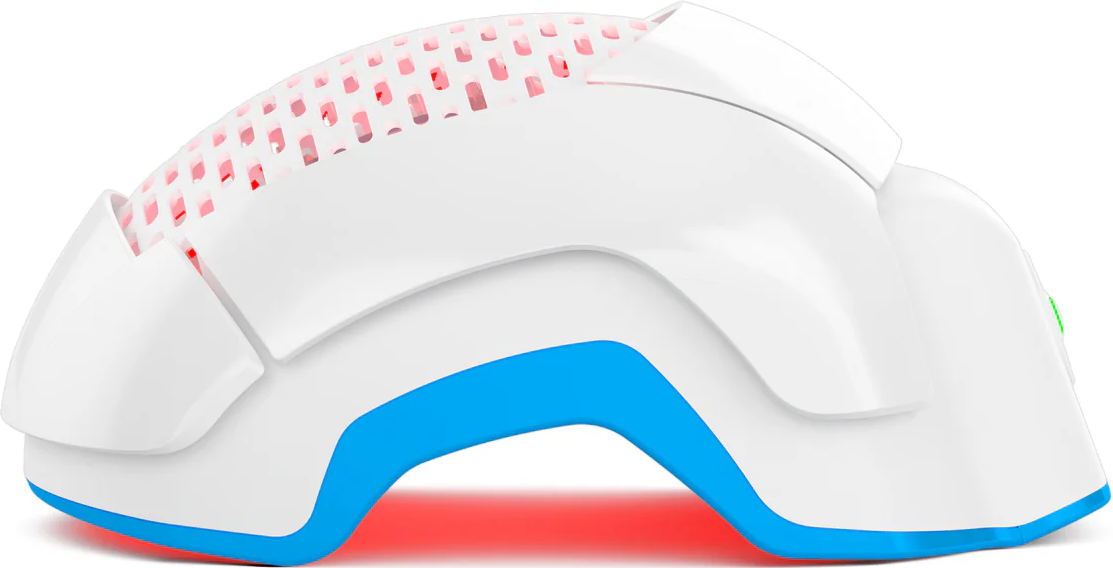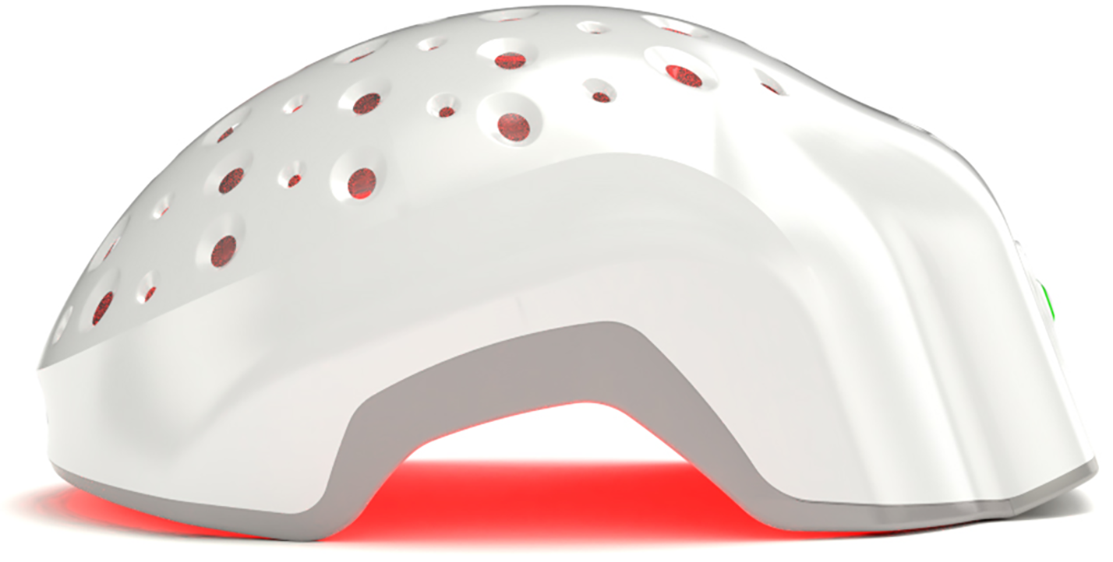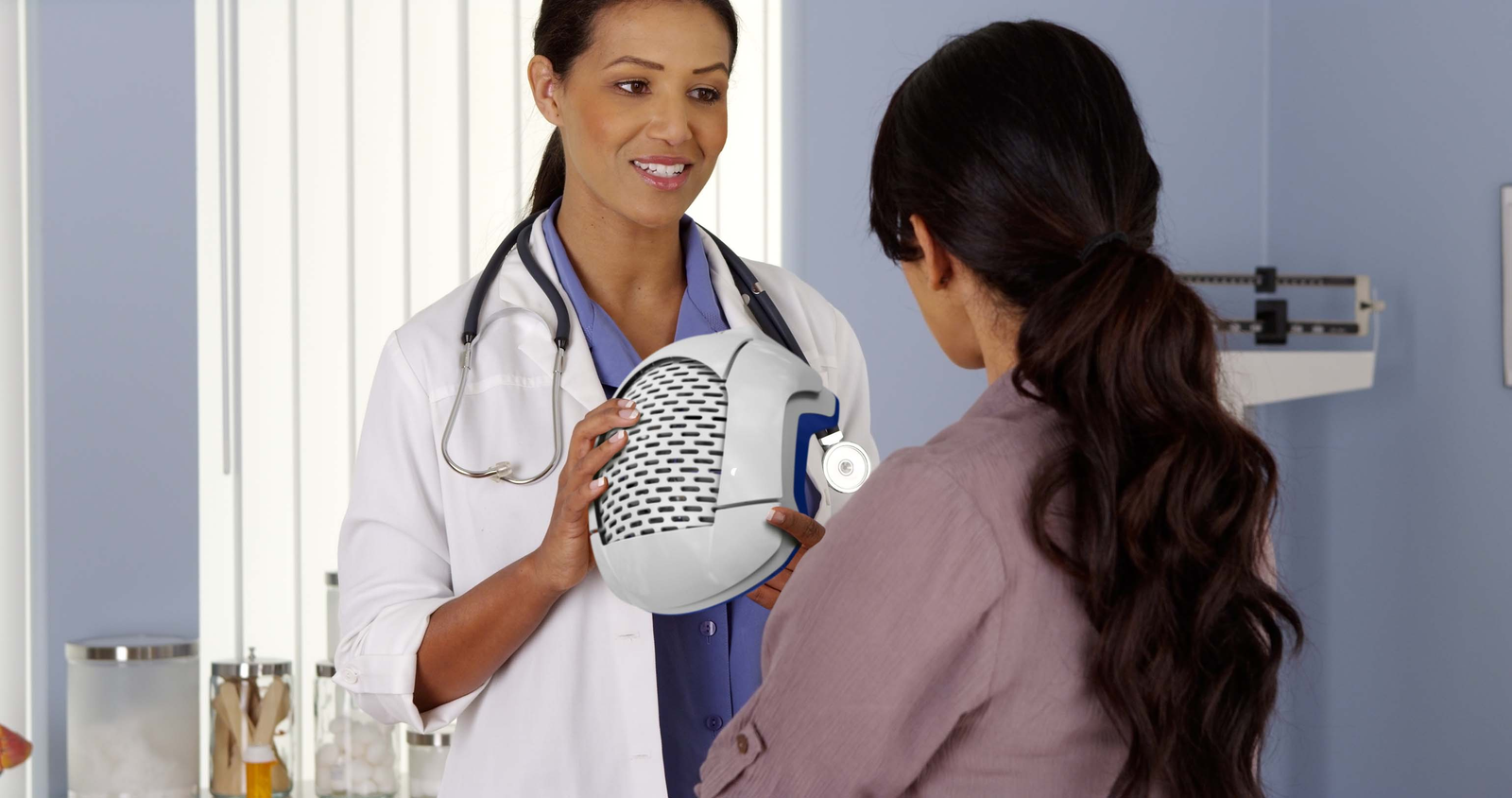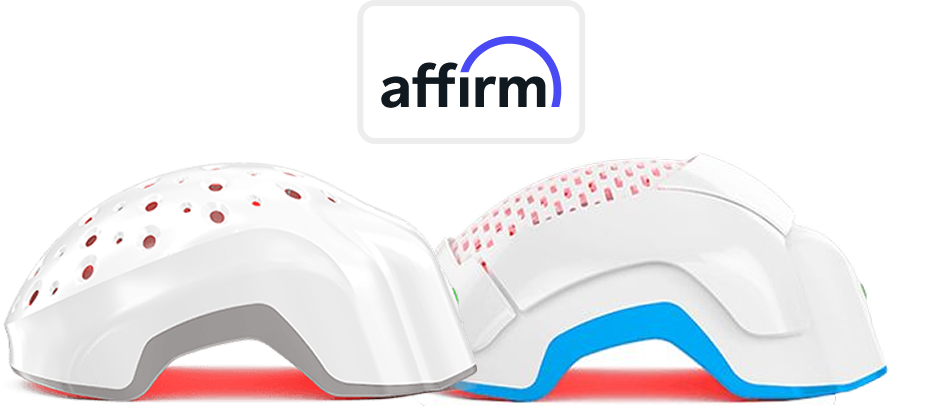Let’s tackle a topic that hits close to home for many of us - the receding hairline. Yep, that thing that has us all checking the mirror and wondering where our luscious locks are going. Don’t worry we’ve got your back.
A receding hairline is characterized by the hairline gradually moving backward, revealing more of the forehead. It often starts with a slight recession at the temples and can progress over time. Distinguishing between a mature hairline and a receding one is crucial, as a mature hairline is a natural part of aging while a receding hairline indicates potential hair loss.
A receding hairline is a common concern affecting both men and women and can have a significant impact on self-esteem and overall confidence. This article aims to provide a comprehensive understanding of the stages of a receding hairline, its causes, and the diverse treatments available. We’ll delve into the emotional and social aspects of this issue, helping individuals make informed decisions to address it effectively.
4 Receding Hairline Stages
Receding hairline normally begins with the hairline gradually moving upward and can progress to more hair loss in the frontal area. A receding hairline is the first sign of male pattern baldness, which usually progresses in four stages. Let's look at these stages of a receding hairline:
Stage 1: Minimal Recession
The initial stage of a receding hairline is the Minimal Recession stage. In this stage, your hairline is starting to move back slightly. There might be a small amount of hair thinning or a small bald spot forming on the forehead. However, the changes are not noticeable to others. This is the earliest stage of a receding hairline progression and can be a good time to start taking preventative measures.
Stage 2: Noticeable Recession
At this stage, the hairline has moved back significantly, creating an M-shaped pattern. You can easily see the hair loss at the front of your head and near your temples. At this stage, people will likely notice your receding hairline progression. Consider thinking about ways to treat your hair loss.
Stage 3: Moderate Recession
At this stage, the hairline has moved back quite a bit. The forehead area looks larger, and more of the scalp is visible. The hair recession forms a semicircle shape around the front and sides of the head. There are wider gaps between the hairs, making the scalp easier to see.
Stage 4: Advanced Recession
Advanced Recession is the final stage of a receding hairline. At this stage, the hairline has gone way back, forming a more pronounced M-shape. The forehead looks very big, and most of the top of the head is bald. The frontal hair loss extends further back on the scalp.
Also Read: How to tell the differences between a big forehead and a receding hairline?
What Causes Receding Hairline?

There are several factors that contribute to a receding hairline, including genetic predisposition and hormonal influences. While receding hairline is more common in men, it can also affect women. Some of the main factors causing receding hairline are:
Genetics (Heredity): The primary cause of a receding hairline is genetics. If your parents or close relatives experienced hair loss or a receding hairline, you are more likely to experience it as well.
Learn More: How Your Genetics Influence Hair Loss
Hormonal Changes: Hormonal changes, particularly the hormone dihydrotestosterone (DHT), play a significant role in hair loss. DHT shrinks hair follicles over time, causing them to produce thinner and shorter hair until they eventually stop producing hair altogether.
Read more on DHT Hair Loss.
Age: Aging is a natural cause of a receding hairline. As you age, the rate of your hair growth slows down, and hair follicles may not regenerate as effectively, leading to thinning hair and a receding hairline.
Poor Diet and Nutrition: A lack of essential nutrients, such as vitamins, minerals, and protein, can contribute to receding hairline and hair loss. A well-balanced diet is essential for maintaining healthy hair growth.
Stress: Chronic stress can contribute to hair loss, including a receding hairline. High-stress levels can disrupt the normal hair growth cycle and lead to increased shedding.
Medical Conditions: Certain medical conditions and chronic illnesses can also cause hair loss, including autoimmune diseases, thyroid disorders, and alopecia areata. These conditions can affect the hair growth cycle and lead to a receding hairline.
Smoking and Substance Abuse: Use of certain substances and smoking can negatively impact hair health and contribute to hair loss, including receding hairline progression.
Hairstyling Practices: Excessive use of tight hairstyles (e.g.: ponytails, braids) or harsh hair treatments (e.g.: frequent coloring, perming, straightening) can damage hair follicles and lead to hair loss and a receding hairline progression.
Poor Scalp Health: An unhealthy scalp due to lack of proper hygiene, fungal infections, or excessive oil production can hinder hair growth and contribute to a receding hairline.
How is a Receding Hairline Diagnosed?
Diagnosis of a receding hairline typically involves a medical evaluation by a healthcare professional, usually a dermatologist or a trichologist. Here’s how the diagnosis is typically made:

Medical History and Physical Examination
A detailed medical history, including any family history of hair loss or female/male pattern baldness, is very important to analyze the pattern and progression of your hair loss. A physical examination of the scalp and hair will be conducted to assess the extent and pattern of hair loss.
Scalp Examination
The healthcare professional will closely examine your scalp using specialized equipment and techniques to assess the hair density, quality, and distribution. They may use a magnifying tool or a trichoscope for a closer look.
Hair Pull Test
A pull test may be performed to assess the shedding of hair. The healthcare professional gently pulls on a small amount of hair to see how many hairs come out.
Scalp Biopsy (If necessary)
In some cases, a scalp biopsy may be performed to examine a small piece of scalp tissue under a microscope. This helps to confirm the diagnosis and rule out other potential causes of hair loss.
Blood Tests (If necessary)
Blood tests can also be conducted to check for underlying medical conditions that could be contributing to hair loss, such as hormonal imbalances, thyroid disorders, iron deficiency, or health issues.
Photographic Documentation
Before and after photos may be taken to track the progression of hair loss and the effectiveness of any treatments over time.
Learn More: 5 Major Differences Between Mature and Receding Hairline
How to Stop Receding Hairline?
While complete reversal of a receding hairline may not be possible, there are several treatments and strategies that can help slow down the progression and improve the appearance of the hairline. Here are some treatment methods for stopping receding hairline:
Medications
Minoxidil (Rogaine) is an OTC topical medication that can help slow down hair loss and stimulate hair growth. Finasteride (Propecia) is a medication for men only and works by blocking the hormone dihydrotestosterone (DHT), which is associated with hair loss.
Hair Transplantation
Hair transplantation is a surgical technique that effectively treats receding hairline. There are surgical procedures that involve taking hair follicles from a donor area (usually the back or sides of the head) and transplanting them to the areas with receding or thinning hair.
Platelet-Rich Plasma (PRP) Therapy
In PRP Therapy, a patient’s blood is drawn, processed to concentrate the platelets, and then injected into the scalp. Injecting the PRP is believed to promote hair growth, thicken existing hair, and stop receding hairline.
Microneedling
Microneedling involves using a device with tiny needles to create micro-injuries in the scalp, which can stimulate hair growth and increase the absorption of topical treatments.
Hair Loss Shampoos and Conditioners
Some shampoos and conditioners specifically formulated can help reduce hair loss and promote a healthier scalp. Ingredients like ketoconazole, saw palmetto, or biotin are used in such shampoos and conditioners.
Diet and Lifestyle Changes
A healthy diet rich in vitamins, minerals, and proteins can support overall hair health. Consider incorporating foods like leafy greens, nuts, seeds, eggs, and fish into your diet.
Also manage stress through relaxation techniques, exercise, and other stress-reducing activities, as stress can contribute to hair loss.
If you want a quick and easy hack to disguise your receding hairline, you can go through our article about seven easy tips and tricks to cover up your receding hairline, and don't let it shake your confidence.
Low-Level Laser Therapy (LLLT)
LLLT involves using red light therapy to stimulate hair growth. Devices like Theradome hair growth helmets can be used at home to expose the scalp to low-level laser light.
In addressing a receding hairline, Theradome offers a promising approach through its wearable laser therapy helmet, utilizing low-level laser light to potentially stimulate hair follicles and encourage hair growth. Incorporating Theradome into your hair care routine may contribute to improved hair density and quality over time.
If you’re interested in exploring Theradome as a potential solution for your receding hairline, consider using it along with other hair loss treatments. Stay informed about the latest advancements and learn how Theradome can be integrated into your personalized hair care regimen for the best possible outcomes.


